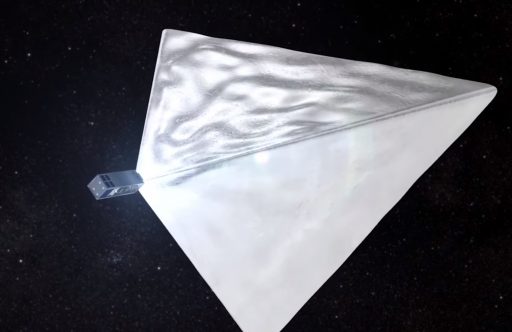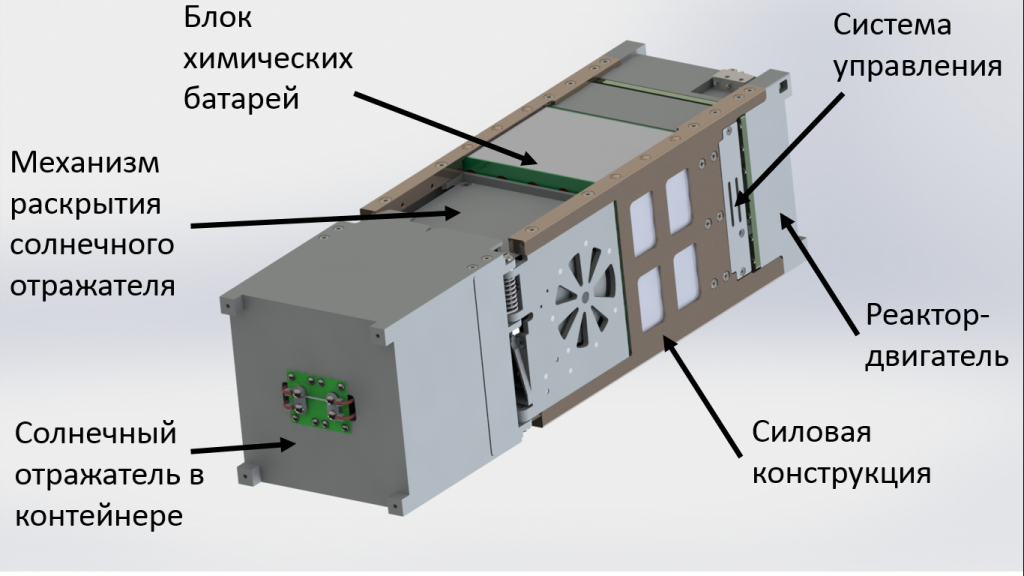Mayak

Mayak, Russian for ‘Lighthouse or Beacon,’ is a crowd-funded 3U CubeSat developed by a group called ‘Your Sector of Space’ with support from the Moscow State University of Mechanical Engineering to create an experimental mission for establishing an artificial star – the brightest object in the night sky aside from the Moon.
Mayak is expected to deploy four triangular reflectors, each with a surface of 4m², forming a large tetrahedral reflector with a reflection coefficient of 95%. Based on pre-flight analysis, Mayak will reach an optical magnitude of -10 at the beginning of the flight – surpassing the brightness of the Space Station which can reach -4 on particularly favorable passes and also exceeding the brightest Iridium flares that can reach mag -8.


The Mayak satellite weighs 3.63 Kilograms and is 10 x 10 x 34 centimeters in size, employing chemical batteries for limited-time power supply and a three-axis stabilization system. Mayak will fly in a three-axis stabilized orientation for the first four weeks of the mission for tracking and reflector deployment before being placed into a tumbling motion over all three axes which, combined with the tetrahedral shape of the reflector, should create a visible twinkling effect from the ‘artificial star.’
Tracking data from the satellite will be used to collect data on the atmospheric density at altitudes up to 610 Kilometers and the large reflector will provide a reference for modeling of optical magnitudes of other space objects and satellites. The large reflector will also act as a drag sail, providing insights into this method as a means for space debris removal.
